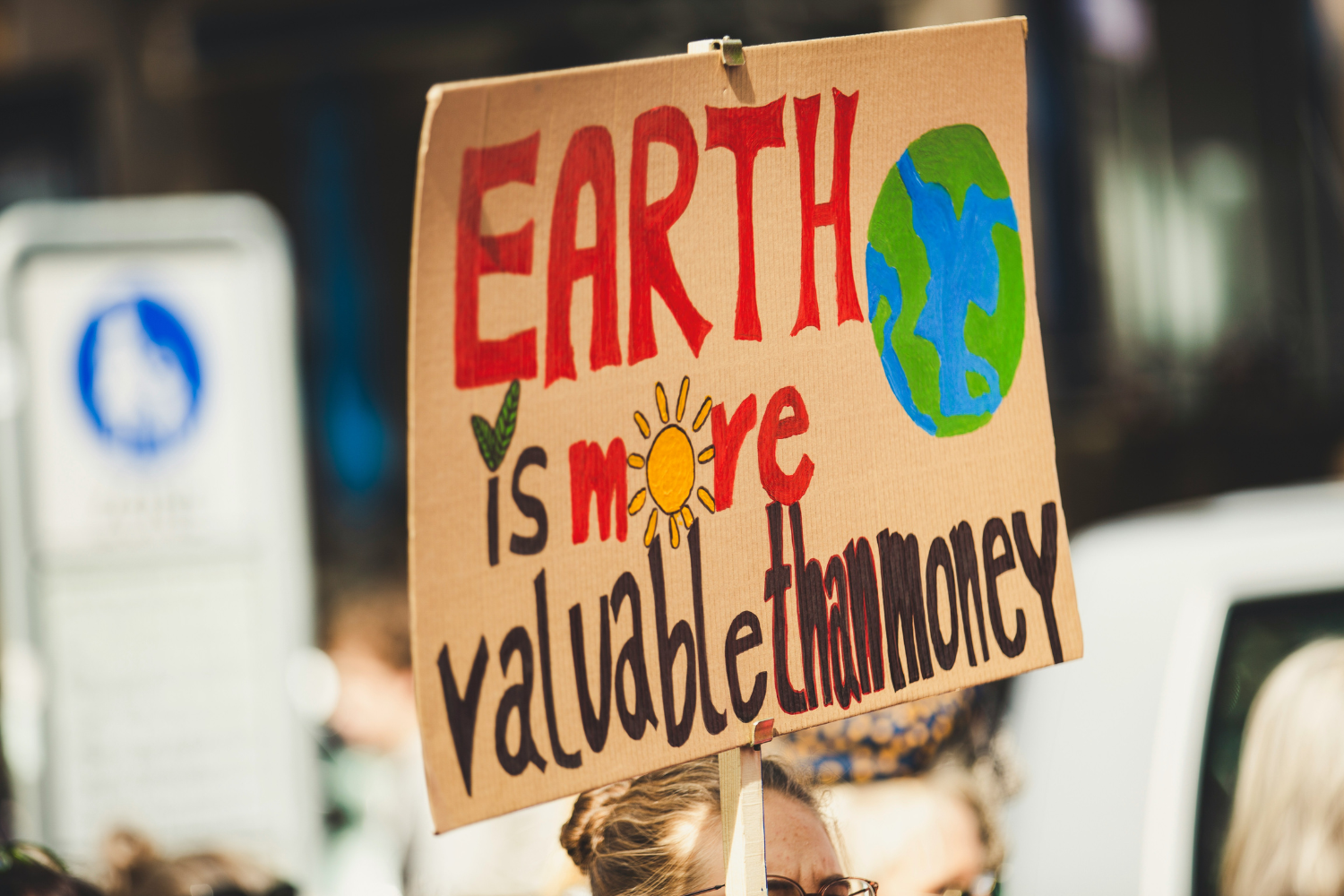In just over two weeks, the Barbie movie broke box office records. Hitting more than US$1bn ticket sales (the highest of any female-directed film), the success of Mattel’s marketing team seems undeniable.
A rumoured marketing budget of around US$100 million will no doubt have driven some of this performance. Yet the hype hasn’t just left hundreds marching into cinemas in pink-clad droves, but big brands and marketers hanging on Barbie’s trending tailcoat.
Plus, like the famous doll herself, neither the movie nor its promotional campaign was launched without controversy. This article will examine it all to see what marketers can learn from Barbiemania.
How Barbie began
The first Barbie doll was the brainchild of Mattel’s cofounder Ruth. Launched at New York’s Toy Fair in 1959 (and named after Ruth’s daughter Barbara), the romantic marketing of ‘beautiful Barbie’ positioned her as a ‘petite’ and aspirational figure for young girls.
With a wardrobe full of ‘neat’ outfits, including swimwear and a wedding dress, the doll was modelled on the glamour of fifties movie stars. The adult figure design was also inspired by the German Bild Lilli doll, which was originally marketed as a joke toy for men.
In the first year of production, around 300,000 Barbie dolls were sold.
The Barbie gang
In 1961, a romantic partner for Barbie was created with the launch of the first Ken doll. Set against the backdrop of the first feminist movements, the creation of Ken played into criticisms that Barbie was a ‘sex symbol’.
In response to these claims, Mattel created best friend Midge Hadley and little sister Skipper Roberts. The US civil rights movement also had an influence on the growth of Barbie’s friendship group, with her first African-American friend, Christie being invented in 1968.
Yet despite Mattel’s attempts to stay in step with social change, Barbie continued to be a controversial figure. Particularly among feminists, Barbie became a shorthand for the ultimate image of what women should be under the male gaze. A reputation that has lived with the brand up until today.
Redefining brand Barbie
Since it was invented, the doll has taken on many new shapes and sizes, and so has its branding. Driven by shifts in the attitudes of target audiences, the Barbie brand has had to make wholesale changes to maintain its popularity and profits.
Barbie’s work
Over her lifetime, Barbie has had more than 250 careers. Though these started out in the 1960s as the stereotyped roles of fashion designer, nurse and air stewardess, Barbie has since taken up placements as an astronaut, a member of the armed forces and even President.
In a further effort to use Barbie as a role model for women’s choices at work, Mattel also launched their ‘Inspiring Women’ series of dolls in 2018. This has included mini versions of entrepreneurs, founders, scientists and freestyle skiers in an effort to show girls that they can truly ‘be anything’ they want.
Barbie’s world
US sales of Barbie dropped by a third in 2005. This didn’t just lead to a change in the management, but a reevaluation in the approach to Barbie’s brand. Instead of shying away from the doll’s tricky reputation, the branding actively embraced its history and controversies.
This involved a reconciliation with pop group Aqua over their hit song ‘Barbie Girl’. Mattel had previously been fighting with the band in court over claims that the song had damaged the Barbie brand by misrepresenting her as a sexualised figure. However, in 2009, the Mattel team U-turned and licensed Aqua’s tune for an advert and YouTube dance video.
In another step towards brand self-acceptance, Barbie was made the star of the Mercedes Benz Fashion Week in 2009 to mark the doll’s 50th anniversary. This aimed to relaunch her figure into the minds of women and girls and establish it amongst fashionable competitors such as Bratz.
Five years later, the brand attempted to turn heads again by putting Barbie in a swimsuit on the cover of Sports Illustrated. This marked what Mattel called an ‘unapologetic’ campaign which celebrated the doll’s identity as ‘the one who started it all’.
It also put her in a place where women with ‘sporty’ rather than ‘model-like’ figures had been before. This caused a social media frenzy and showed how the brand was attempting to shake off its narrative as an ‘ideal’ representation of the female form.
Barbie’s body
Though Barbie’s proportions had long been criticised by feminists as unrealistic, the early to mid-2000s saw this ramp up as studies showed how this was impacting girls’ own self-esteem. The creation of real-life models of Barbie also highlighted the unfeasible expectations the doll had placed on women’s bodies.
To address this, the head of brand Evelyn Mazzocco ran a poll with Barbie ‘haters’ after taking over in 2014. The report showed that those surveyed considered the doll and its brand to be ‘out of touch,’ ‘materialistic’ and ‘not diverse’.
This led to the introduction of new body types into the Barbie line. The ‘Fashionistas’ were launched in 2016 and showcased a ‘petite’, ‘curvy’ and ‘tall’ doll alongside models with seven different skin tones plus various hairstyles and eye colours. Women with physical disabilities were also represented in the models.
As a result, Barbie marked her 60th anniversary in 2019 with its most body-inclusive range.
Marketing modern Barbie
With prominent female director Greta Gerwig at the helm, the Barbie movie and its marketing have marked another milestone for the Barbie brand. Continuing the move towards unapologetic self-acceptance, both the movie and its marketing have pushed the boundaries and challenged long-held stereotypes about the doll.
Though business marketers might not be able to replicate this in exactly the same way, there are still lots of lessons to be taken from the campaign.
Play with the inner child
At the end of the day, Barbie is a toy. So playfulness had to be injected into every part of the movie’s marketing campaign. From a teaser trailer that replicated a scene from the movie 2001: A Space Odyssey to a Barbie Generator that allowed anyone to become part of the Barbie world.
Anyone who saw the NSFW fun stirred up by the release of the movie’s French poster has to agree that the marketing campaign captured adults’ attention by bringing out their childish side. After all, it’s not every day you have the excuse to wear Barbie pink to the cinema.
Lean into controversy
Just like the movie, the film’s marketing campaign is self-conscious about Barbie, her history and reputation. The casting decisions, the PG-13 viewing rating and the in-your-face feminism of the script have all been subject to criticism.
Plus, some choices of marketing activities have been controversial, such as the creation of a Barbie School of Friendship programme which gave away free dolls to schools. This has all contributed to the image of Barbie as an out-there figure who’s unapologetically herself. An image that audiences have lapped up enthusiastically.
Ride the hype
Even members of Warner Bros. own marketing team have admitted that some of the film’s popularity was bred organically from their audience’s enthusiasm. Though an influx of Barbie memes wasn’t wholly unexpected, the incidental Barbenheimer trend opened up the film to a totally different level of publicity.
Plus, when brands as wide-ranging as Burberry, Burger King and Airbnb started jumping on the Barbie bandwagon, the marketing team embraced and encouraged it. By taking this open approach to other’s creativity, the campaign was able to ride its own hype and show how inclusive the Barbie brand really is.
In short, by being proud and bold with their own brand identity, Barbie created a campaign that reinvigorated its reputation, challenged expectations and was unapologetically successful.
Enjoyed our insights into the Barbie brand? Find out how we could use this knowledge to take your marketing to the next level by getting in touch.



